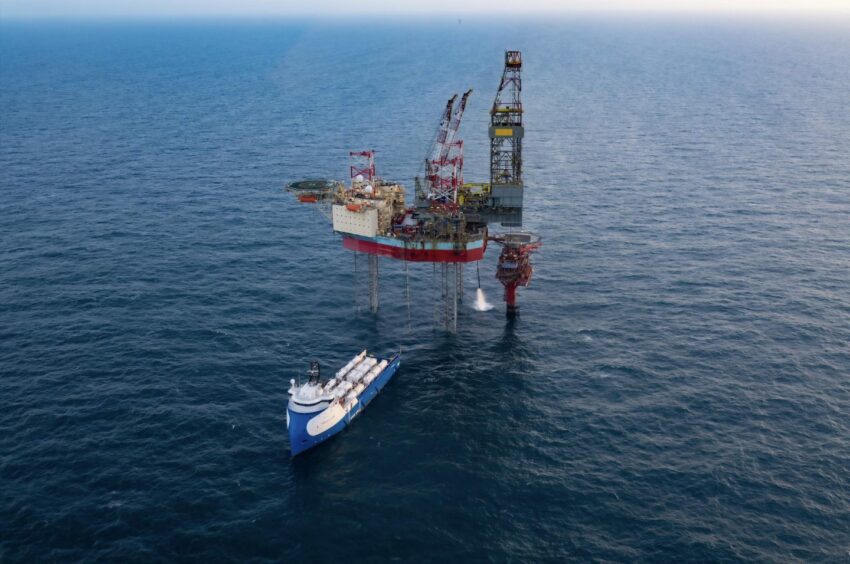
The group of companies the Project Greensand carbon capture and storage development has created new technology that has monitored that the stored CO2 is where it should be.
The new technology ensures more frequent control of the Nini West field, the location of the CCS project, while at the same time achieving less impact on the environment and climate.
The monitoring technology has been specially developed for Project Greensand, it works by examining sound movements at carefully selected points on the seabed above the reservoir.
By comparing data from the selected points with previous calculations of the design of the reservoir, the team can work out where the carbon dioxide is located in the reservoir and how it moves.
The chief executive of Spotlight, one of the firms behind the project, Habib al Khatib said: “After the first CO2 storage, it was important for us to demonstrate the efficiency and flexibility of our monitoring solution.
“Among other things, we did this because we were able to quickly carry out the first monitoring of the reservoir and thereby obtain important information about where the stored CO2 is located in the reservoir.
“The operation was a great success, where we have collected high-quality data with safety and efficiency in mind. This enables Project Greensand to set new standards for CCS surveillance.”
Comparable offshore seismic measurements are traditionally made every few years, however, with the development of this new technology measurements can be made every few weeks and months.
The asset manager for Denmark at Wintershall Dea, a key stakeholder in the project, Andreas Szabados, commented: “During the first storage of CO2, it emerged that this method of spot measurement constitutes one of the most important innovative technologies in Project Greensand.
“We are therefore very pleased to see the technology become a reality with the monitoring and the successful results.”
Energy Voice visited the site ahead of the first CO2 injection, to find out more about the project click here.
Recommended for you

